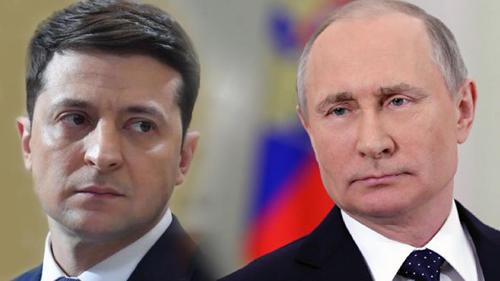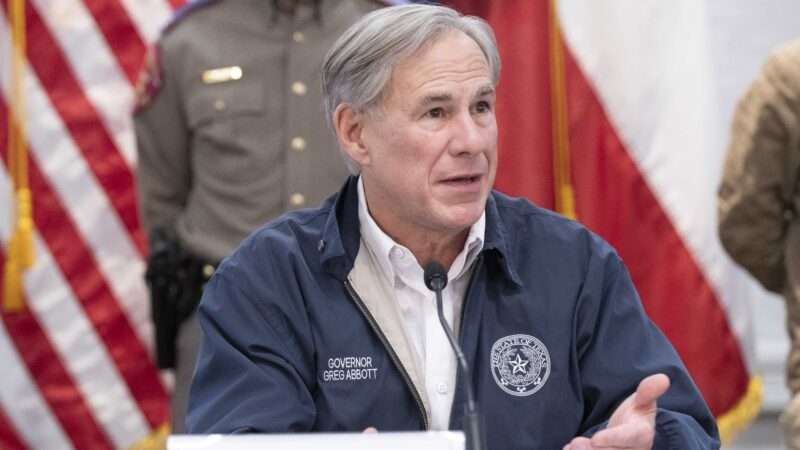Since writing my two posts about Justice Barrett’s book deal, I have been reliably informed that the description from Politico was incorrect. Two people independently told me that the book will not be about “how judges are not supposed to bring their personal feelings into how they rule.” Rather, they said, the book will be a collection of letters Justice Barrett wrote to correspondents during the confirmation process. Going forward, I will assume this account is correct–and I have every reason to believe it is. At this point, Sentinel, the conservative imprint, should issue a press release to announce the book, and describe the project. Ideally, the release would include some quote from Justice Barrett herself. Knopf issued such a release for Justice Sotomayor’s memoir in 2010.
This episode illustrates the pitfalls of a Supreme Court justice writing a book. Much of my negative commentary here is likely informed by my experience with book publishers. And I think that background will shed some light on my critical posts.
I’ve worked with a popular press, an academic press, and a trade press. Perhaps the greatest advantage of an academic press is they are the least interested in selling books. The goal of an academic press is to spread influential ideas. Maybe those books will be sold to libraries, and have some course adoptions. Thankfully, expectations are low. For that reason, the advances are small (or $0) and the royalties are tiny. Yet, academic publishers provide authors–generally professors–with the greatest autonomy and latitude. When I worked with Cambridge University Press, I never felt the slightest pressure to produce a certain type of book for a certain audience. There were no efforts to trim the size of the book–Unraveled ballooned to nearly 600 pages. Nor was there any attempt to influence how I marketed the book. The process was entirely hands-off. Of course, that meant that not that many books were sold. But I knew those details going in. (And thankfully, I greatly exceeded Cambridge’s low expectations).
The popular press was an entirely different experience. The goal of a popular press is to sell as many books as possible. Full stop. And that demand exerts a lot of pressure on the authors. My first book, Unprecedented, was published with a popular press. On the whole, the experience was positive. But throughout the process, I felt pressure to produce a more edgy book that will appeal to conservative buyers. I resisted that pressure, because I wanted to write a more neutral book that would be the definitive account of NFIB v. Sebelius.
An anecdote will illustrate these dynamics. From the beginning, I wanted the title to be “Unprecedented.” It encapsulated in a word the constitutional arguments in the ACA litigation. At one point, I joked with my editor that we could call the book The People v. Obamacare. I was riffing on The People v. Larry Flynt. (Which, by the way, has one of the most realistic SCOTUS scenes in any move I’ve watched; the Justice Scalia actor read the question from the transcript, almost verbatim). My editor loved this farcical title. Indeed, he sent a book notice with that title to Amazon! I was furious. That title would convey a very different message, and not at all appeal to the market I wanted to target. We had a huge fight, and I threatened to cancel the entire project, walk away, and return the advance. (A good rule of thumb: never begin any project unless you are really willing to walk away). Finally, the editor relented and we went with my preferred title.
Later in the process, I delivered the finally manuscript. The editor said it was 25,000 words too long. Yes, I actually had to delete the equivalent of a law review article. Trashed. Plus I had to completely rewrite the ending to make it more edgy. Some of the suggestions were helpful. But I was not fully satisfied with the revised ending. It is the weakest part of the book, in my estimation. And so on. My point is that popular presses have very specific expectations. Law review editors fight over picayune footnotes, but generally let authors write their own books. Popular presses take a much more hands-on approach.
That background brings me to conservative imprints. While I was shopping the proposal for Unprecedented, I spoke with an editor at a famous conservative imprint. (If I said his name, you would know it). We had a really friendly chat, where he told me exactly what he expected. He wanted a book that would appeal to the then-booming Tea Party audience, and get me booked on Fox News. He wanted something that would savage President Obama as a lawless autocrat, and attack the ACA as a socialist takeover of health care. I had no interest in writing that book, and I did not pursue that option.
Sentinel, the conservative imprint Justice Barrett signed with, is in the same ballpark as the imprint I spoke with. Sentinel is currently featuring books by Allie Beth Stuckey, Dave Rubin, and Jordan Peterson. (If you don’t know who these people are, google them.) These books are targeting a very specific conservative audience. Now I don’t think an editor would try to push around Justice Barrett, the way I was pushed around. But the relationship can be distorted in different ways. Specifically, the publisher has latitude to market the book in ways that may not cohere with Justice Barrett’s direction.
Take the quote given to Politico. It is possible that someone from Sentinel gave it to a journalist. That unnamed sources may have been misinformed about Barrett’s book. Or, the sources may have been trying to pump up the book to appeal to more buyers. (A book of letters sounds lovely, but would not offer any insights into ACB’s judicial decision-making process.) It’s also possible the Politico sources did not work for Sentinel. Maybe even a flak at a competitor leaked the quote. Who knows?
But here we are, arguing over the content of a book deal for the newest member of the Supreme Court. How to resolve this impasse? Does the Court’s PIO office release a statement? Of course not. Does Justice Barrett start tweeting? Lord no. Instead, the publisher should issue a press release. (My suggestion at the top of the post). And Justice Barrett should be much more active in the press materials to avoid any future errors. Yet, herein lies the dilemma.
Why should a Supreme Court justice be wasting her time on these sort of mundane matters? There are so many more important things to be done. Read more cert petitions. Write more statements concerning the denial of certiorari. (I really respect Justice Sotomayor’s attention to the docket). Write more concurrences expounding on the original meaning of the Constitution. All of those tasks would actually advance the law. Spending time to write, and publish a book that is a collection of letters? That should not be a priority now. In a decade, write an opus like Reading Law or A Matter of Interpretation. At that point, there will be 17 Justices (the next prime number after 13), the Court’s jurisdiction will be substantially stripped, so the workload should be lower.
This realization brings me to my final point. The federal courts impose very strict rules on outside sources of income. And the Supreme Court seems to follow this rule as a matter of practice. For example, judges are allowed to teach, but usually cannot earn more than about $20,000 per year. That’s about it. Yet book advances and royalties are trapped in some sort of ethical black hole. A publisher is a for-profit concern. During the terms of a book contract, the Supreme Court justice works for the publisher. It is a traditional principal-agent relationship. In my prior post, I identified the inherent conflict of interests between writing opinions that appeal to conservatives and selling books that appeal to conservatives. These conflicts are not allowed to exist in any other context. But, for whatever reason, book contracts are exempt.
I think there is only way to cure this problem: a cap on annual royalties and book advances. Perhaps pegged to the same amount as teaching gigs. Any royalties or advances above that amount can be donated to charity. (RBG routinely donated prizes she received to charity). Or deposit the money in the United States Treasury. Wherever. But Justices should not be able to use the prestige of their office to sell books to the public, and in doing so create inescapable conflicts of interests. (And don’t try to tell me that a book royalty is an emolument–I know Justice Breyer has sold his books abroad.). No other government employee can write a book while in office. Then again, most government employees lack life tenure. Here, I am unsympathetic. There are plenty of ways for lawyers to make lucrative careers. Serving on the Supreme Court is not one of those ways. The Nine know what they are getting themselves into.
I am generally skeptical of most efforts to “reform” the Court, but this proposal should be given consideration.

from Latest – Reason.com https://ift.tt/3v4y4hm
via IFTTT







